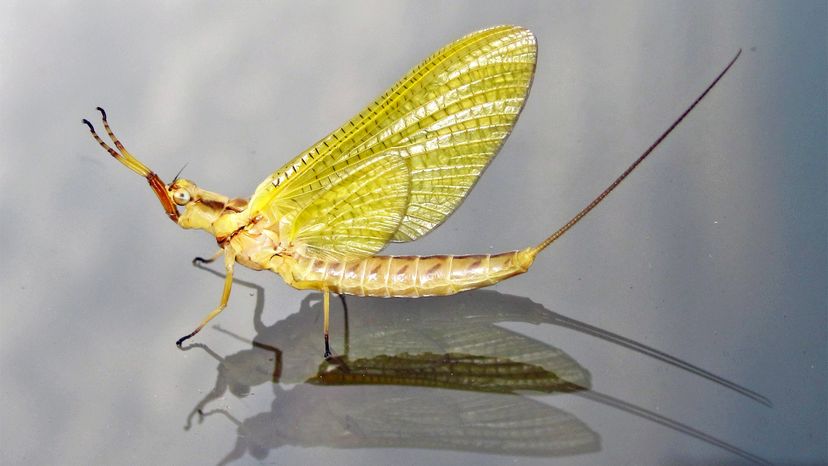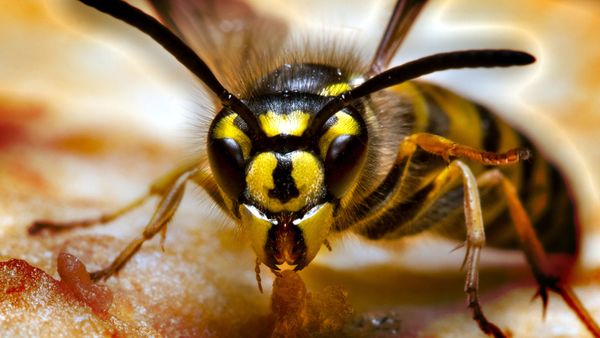Because they're such an old group of insects, they do things a little differently than the new-fangled insects you see these days. What's unique about mayflies is that, of their four life stages — egg, larva, subimago and imago, or adult — two of them have wings. This is unusual — a bit like Clark Kent going into his phone booth already wearing his spandex number with the cape and changing into another Superman costume.
"Mayflies are the only group of insects with two winged stages as part of their life cycle: the subimago and imago stages," says Jacobus. "The subimago is usually the stage that leaves the water, and the imago is usually the stage that reproduces."
So, if you time it right in the spring or fall, you can go down to the riverside at dawn or dusk and see quite a spectacle: thousands of seemingly adult mayflies crashing to the ground and writhing out of their winged skins to unveil yet another winged body that will only live a couple of days, on average.
Because time is of the essence during the adult life stage, some mayflies don't even need to mate to reproduce — females can produce viable female offspring through a process called parthenogenesis, a form of reproduction in which an egg can develop into an embryo without being fertilized by a sperm.



